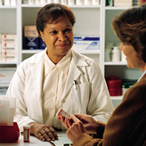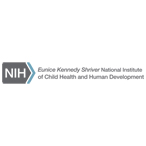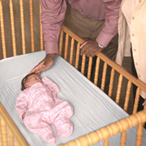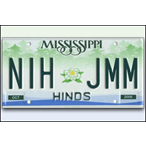New Online Education Activity for Pharmacists
Pharmacists play a unique role in providing personalized health care. In many communities, they do much more than just fill prescriptions—they also provide health care and health advice to parents, children, and families on topics ranging from prenatal vitamins to maintaining a healthy weight to infant care. Sometimes, people see and interact with the pharmacist more than they do with any other health care provider.











 BACK TO TOP
BACK TO TOP